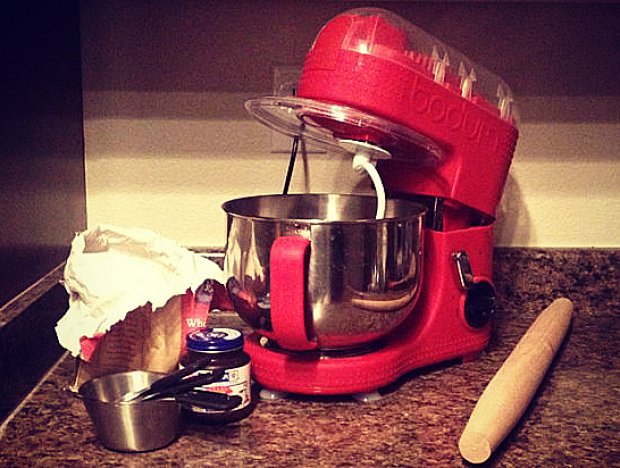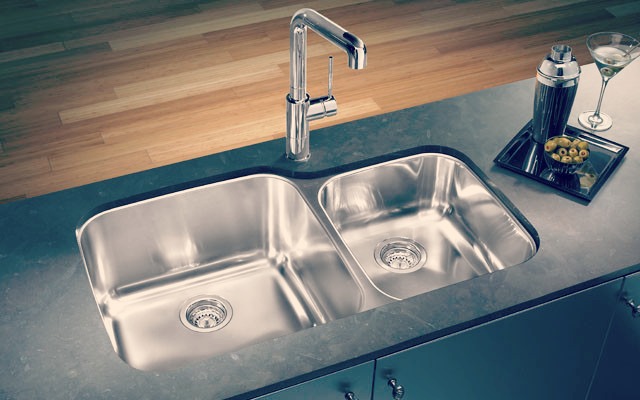Vinyl flooring, first created to take the place of linoleum, has been around for more than a century. It became popular in the 1940s as a flooring option for rooms needing a resilient, long-lasting and water-resistant solution.
While in the past people mostly used vinyl in bathrooms and kitchens, now modern vinyl flooring is a practical option even for rooms where ceramic, porcelain or hardwood predominated.
Its improved design and manufacturing processes make it a low-cost and low-hassle flooring option for any residential and commercial area. How do the three different vinyl flooring types compare, and how can you choose the best prospect for your home?
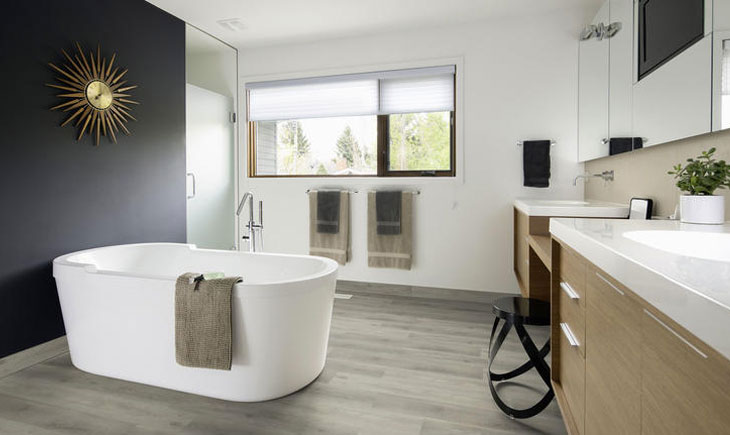
The 3 Different Types of Vinyl Flooring
Planks
The hundreds of colours and patterns, mimicking hardwood floors and doing it convincingly, make vinyl plank flooring the most popular option. Additionally, it’s much thicker than sheet vinyl and composite tiles, which makes for a more luxurious appearance.
At its core, modern plank vinyl flooring, also known as luxury vinyl plank (LVP) or luxury vinyl floor (LVF), is just vinyl flooring that is available in long, narrow strips as opposed to the common square tile shapes. But planks are a different product in terms of structure. While sheet vinyl is typically flexible vinyl with a printed top layer covered by a clear wear layer, vinyl plank flooring is a multi-ply product with four layers:
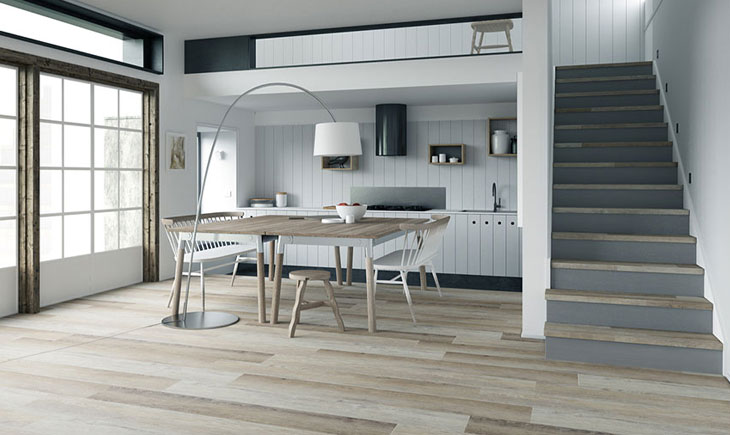
- An aluminium oxide topcoat intended to guard against minor scratches and scuffs
- A layer of clear film that guards against more serious ripping and tearing
- A design layer that gives wood or stone a realistic appearance
- A backing layer made of relatively rigid vinyl that makes nearly 90% of the thickness of the luxury vinyl
Therefore, plank vinyl flooring is nearly five times thicker than standard sheet vinyl, enabling it to be semi-rigid. And the installation is completely different: vinyl planks snap together, instead of being laid out on the floor and adhered, making installation a fairly easy project for moderate DIY-ers.
Luxury plank flooring producers offer a wide range of designs, down to textured surfaces that resemble real wood grain, to match the distinctive appearance of various wood species. In addition, planks vinyl flooring typically has better graphics and deeper embossing than sheet vinyl flooring or plastic laminate flooring, giving it a closer resemblance to stone and wood.
Although vinyl planks are the most expensive of the three types of vinyl flooring, due to their long durability and simple maintenance, they may end up being more affordable in the long run.
The verdict – vinyl planks are the best option for waterproof floors with a high-end appearance.
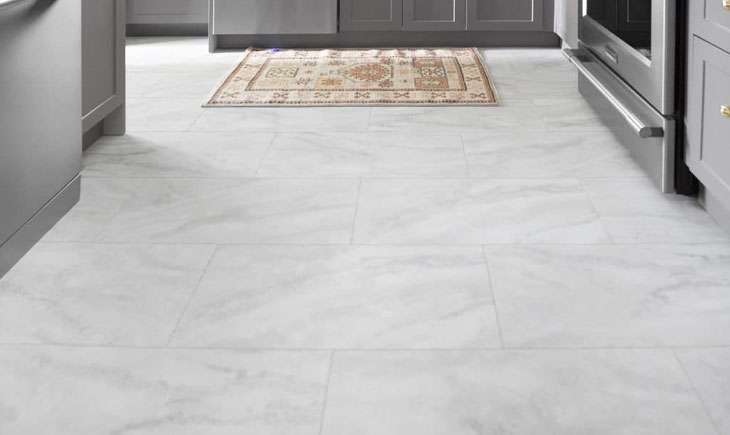
Tiles
Generally referred to as vinyl composite tiles (VCT), modern vinyl tiles are a combination of natural pulverised limestone, filler materials, thermoplastic binders, and colour pigments. These components are fused into solid sheets and cut into tiles to create the flooring.
Although it was the first type of vinyl flooring to become widely used, luxury vinyl and sheet vinyl have since surpassed in popularity. VCT typically needs to be polished to protect its porous surface, making it less low-maintenance than sheet vinyl, which only needs to be swept and mopped regularly.
This floor will not be as moisture-resistant as sheet vinyl because of the numerous seams that continually exist between the tiles. The base layer may become loose as a result of water leaking through the seams. Tiles also lack the same degree of texture and design versatility as other types of vinyl flooring, despite having a wide range of colours and patterns.
You can install vinyl tile by glueing it to an underlayment using either a towel-on adhesive or a peel-and-stick adhesive. Since the individual pieces are simple to cut and shape to fit irregular spaces, DIYers will find installation to be quite simple. Since you can always remove and replace damaged tiles, repairs are equally straightforward.
The verdict – vinyl tiles are the best option for inexpensive flooring and a DIY installation.
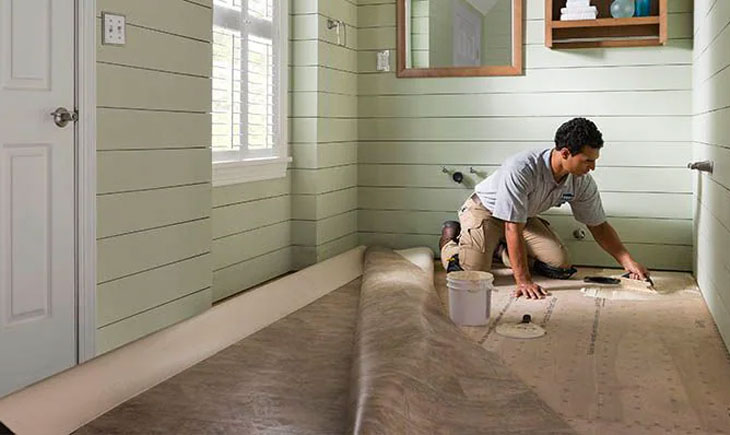
Sheet
Sheet vinyl has fewer seams and is much better at deflecting water because it comes in wide rolls. Smaller spaces might be covered entirely with an impermeable flooring material without the need for any seams at all. Although luxury vinyl flooring is gradually taking the place of sheet vinyl, it is still quite popular.
In the production of sheet vinyl flooring, a base layer of felt or other fibrous material adheres to a PVC “film” layer created using digital graphics to give the flooring its pattern and colour. To protect the PVC layer, there is an outerwear layer on top. There are myriad ways to install sheet vinyl, including “floating” it over the underlayment or applying it completely glue-down.
The verdict – the vinyl sheet is the most inexpensive option for floors that need to be fully waterproof.
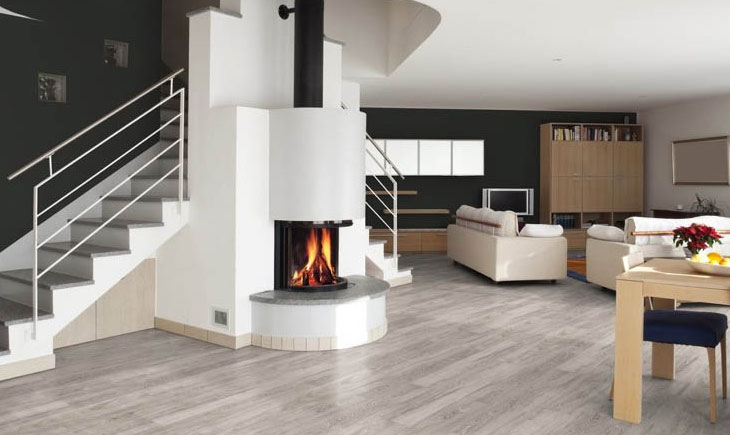
What Type of Vinyl Floor Is Best?
Any type of vinyl flooring has many benefits over other flooring materials in many ways. It performs significantly better in locations where moisture is a problem (bathrooms, kitchens, foyers, basements), is typically much less expensive than hardwood, and is thought to be pet-friendly. Moreover, vinyl plank flooring, which frequently resembles wood flooring or ceramic/porcelain tile, has changed the perception of vinyl, which was once seen as somewhat lacking in elegance.
There are numerous styles and quality levels for every type of vinyl flooring, not to mention various requirements for flooring installation. Here are some qualities to consider:
- Thickness. The best vinyl sheets, tiles, or planks will typically be thicker because they will be more durable and provide a more comfortable surface underfoot.
- Wear layer. The surface wear layer should always be the thickest because it adds strength to the product. Search for an option at least 5mm thick.
- Printed or inlaid design. Simple printed designs are the least expensive option, whereas inlaid designs that go all the way through the vinyl thickness are more expensive and durable. As a result, the flooring product will be more robust.



